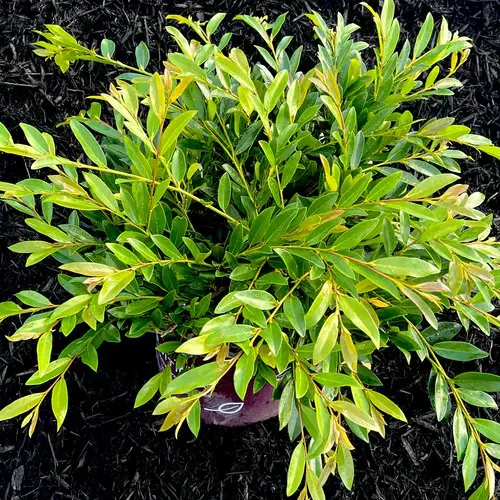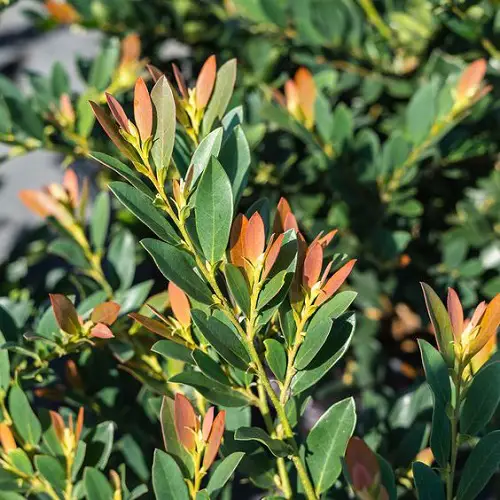Here are the Best Distylium Varieties that you can use in the garden. These are also great for fences and borders!
In recent years, winter hazel has become increasingly popular in landscaping and garden design, due to its attractive foliage, easy care, and versatility. Here are the Best Distylium Varieties you must try growing!
Look at the Best Black Grasses for Landscaping
Best Distylium Varieties
1. Distylium Myricoides ‘Blue Cascade’
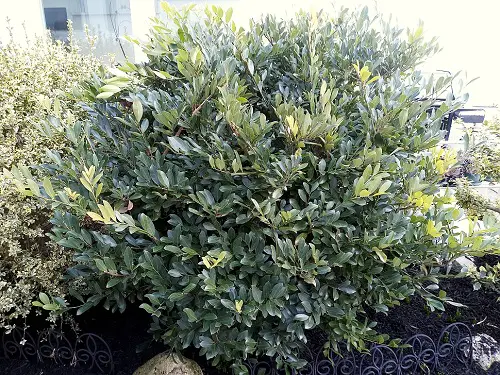
USDA Zones: 6-9
Blue Cascade is a low-growing shrub; it can reach a height of 2-3 feet with a spread of 4-5 feet. It features blue-green foliage that takes on a purplish hue in the winter.
2. Distylium Racemosum
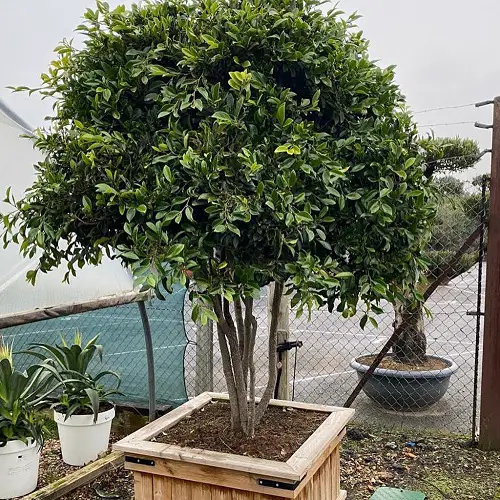
USDA Zones: 7-10
This large shrub or small tree can grow up to 16-18 feet tall with 8-10 feet of spread. It has glossy green leaves and small, inconspicuous flowers that bloom in winter or early spring.
3. Distylium x ‘Vintage Jade’
USDA Zones: 6b – 9
It has dark green, glossy leaves and a compact, upright growth habit. It can reach a height of 3-4 feet with a spread of 4-6 feet. ‘Vintage Jade’ is particularly resistant to pests and diseases.
4. Distylium Myricoides ‘Cinnamon Girl’
USDA Zones: 7-9
‘Cinnamon Girl’ is a dense, mounding shrub. It has an average height and spread of 4-5 feet. This shrub offers dark green foliage that turns reddish-brown in the winter.
5. Distylium Myricoides ‘Coppertone’
USDA Zones: 7-10
‘Coppertone’ is a compact, slow-growing shrub that reaches a height of 3-4 feet and a spread of 4-5 feet. The new growth appears as bronze-colored and matures to dark green.
6. Distylium Myricoides ‘Spring Frost’

USDA Zones: 6b-9b
‘Spring Frost’ is a low-growing shrub that can grow up to a height of 2-3 feet and a spread of 4-5 feet. It produces variegated dark green leaves with creamy-white margins.
7. Distylium ‘Emerald Heights’
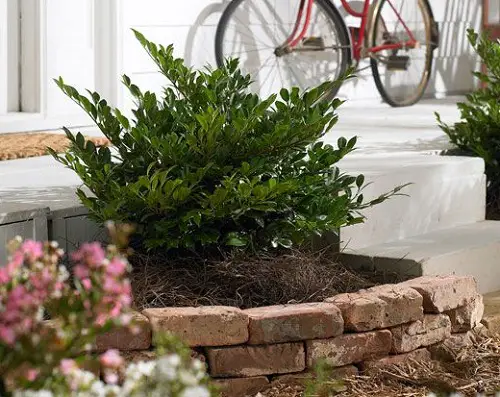
USDA Zones: 6b-9
‘Emerald Heights’ is popular for its striking dark green foliage and dense growth habit. This evergreen shrub is a low-maintenance plant that can provide year-round interest.
8. Distylium ‘Linebacker’
USDA Zones: 7-9
It is an excellent choice for gardeners and landscapers looking for a low-maintenance plant that can provide year-round interest. It adds a structure to a garden.
Check out Best Purple Tulips Varieties
Distylium Care

Sunlight
Distylium plants prefer partial to full shade. They should receive no more than 4-6 hours of direct sunlight per day. If planted in an area with more than 6 hours of direct sunlight, the leaves may become scorched or yellowed.
Soil
These plants are quite adaptable but prefer acidic soils with good drainage and a pH of 6.0 – 6.5. You can use any type of growing medium, including clay, loam, and sandy soils. Though, Distyliums do best in moist, well-draining soils.
Watering
Water your plant when the top 1-2 inches of soil is dry to the touch. It is important not to overwater Distylium plants as they are susceptible to root rot. During the summer months, you may need to water the plant more often than during the winter months.
Pruning
Distylium doesn’t need to be pruned on a regular basis, but it can benefit from occasional shaping to keep its appearance neat. Do it in late winter or early spring before new growth begins.
Avoid pruning in the fall, as this can stimulate new growth that is susceptible to winter damage.
Pest and Disease
Distylium is resistant to most pests and diseases, but it can be susceptible to spider mites, scale insects, and root rot if the soil around the plant is too wet.
If you notice signs of a pest infestation, treat the plant with insecticidal soap or oil.



